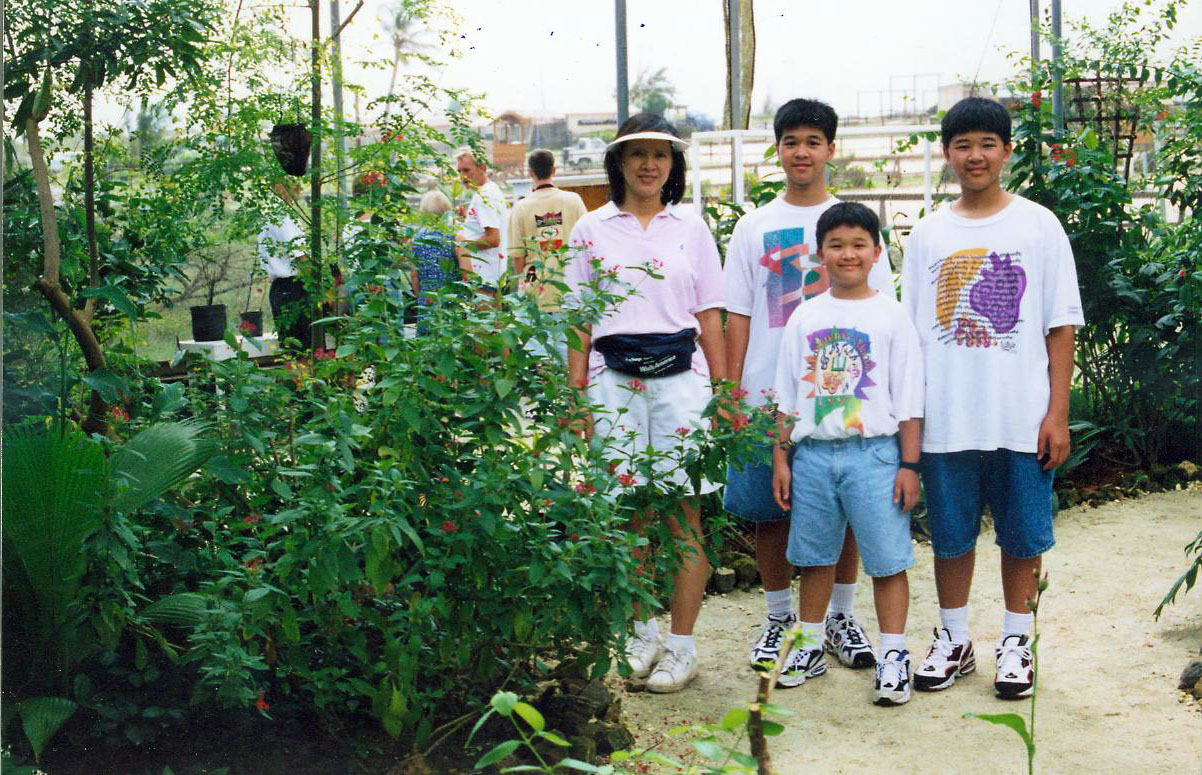Happy St. Martin’s Day!
As my school is located in another country, we do not get the same holidays off as “on-shore” American schools, so that means no Thanksgiving, no Labor Day, and not even Independence Day. But instead, we get the national holidays of St. Martin’s Day and Kingdom Day, both of which we get the day off from school. Yesterday was St. Martin’s Day. Every year AUC puts on its own little St. Martin’s Day celebration, which include the “Amazing Race” around Cupecoy, various games and tournaments, face painting, pie throwing, watermelon-eating contest, three-legged race, and guest speakers.
Some friends and I, however, decided to opt out of this and go to the much larger, much more local festivities in Philipsburg. Here, tens of thousands of local St. Martiners come to the festival center where they come see different local groups perform drumming, dancing, and skits. Food vendors selling local foods surround the entire complex at a cheap price, and people play games like dominoes or egg-toss. At 3pm there was a huge parade with different people in stylish garbs.
This year is a little bit unique as St. Martin is deciding which direction it wants to go politically. As of now, St. Maarten is part of the Netherlands Antilles (N.A.), a country within the Kingdom of the Netherlands. The islands that make up the Netherlands Antilles are St. Maarten, St. Eustatius, Saba, Bonaire, and Curacao, which is the capital. Many St. Martiners are tired of answering to Curacao, getting a smaller portion of government funding from them, and paying them the rich wealth that St. Martin earned for herself while having little say over political issues. For this reason, St. Maarten has voted to secede from the Netherlands Antilles and directly become its own country within the Kingdom of the Netherlands. This is scheduled to take place next year on October 10, 2010 (10/10/10).
It’s no wonder that this year’s St. Martin’s Day seems very politically charged. Politicians spoke on the microphone about issues like whether or not St. Martin wants to be a part of the European Union. During one part of the performance, local school children lined up all around the arena chanting names of important political figures in St. Maarten history and the names of the villages in St. Maarten. There was even a skit in which the performers chanted names of local St. Maarten dishes, like “conch-and-dumpling or “tutu.” Most people who came were wearing either a shirt with St. Maarten’s flag, or the St. Maarten’s colors (red, white, blue).
For the past two months, I have always wondered if St. Maarten really is just an island of immigrants (and tourists) who flock to where the money is, with no set loyalty. Yesterday, however, for the first time, I sensed how strong the St. Maarten identity really is. Despite where they originally came from, the few locals I’ve talked to feel they are first and foremost St. Martiners, then French or Dutch, then everything else follows. Events like this remind people of their unity as a people despite their past heritage or future direction.
All in all, yesterday’s festivities gave me a peek at another side of St. Martin I had suspected was there, but have never really seen until yesterday. St. Maarten may be small, but it has big pride.












Planning a visit in December. Is there much damage from Gonzalez?
Not sure, I don’t live on the island anymore. Bon Voyage.